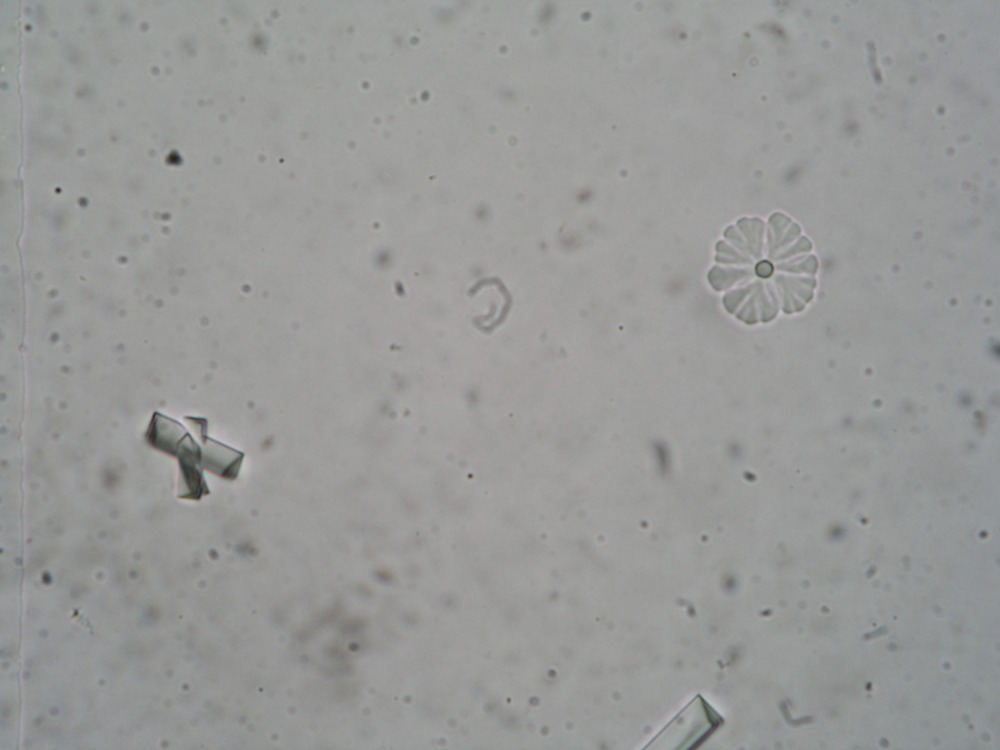
Kučera J. Krystalurie uhličitanu vápenátého – existuje u psů a koček?
Veterinářství 2024;74(10):529-533.
SOUHRN
Článek popisuje sérii případů nově identifikovaných krystalů v močovém sedimentu psa a kočky. Tři morfologické varianty krystalů odpovídají třem polymorfům uhličitanu vápenatého, z nichž dva byly v této sérii případů identifikovány infračervenou spektrometrií. Zmíněné polymorfy (kalcit, aragonit a vaterit) vytvářejí v moči psů a koček romboidní, jehlicovité a „květu podobné“ („daisy-like“) krystaly. Příčina ani klinický význam této krystalurie nejsou zcela známy. V diskusi je podrobně rozebrána historie objevu těchto krystalů v humánní urologii, jakož i mineralogické souvislosti spojené s krystalizací uhličitanu vápenatého.
Klíčová slova: močový sediment, infračervená spektrometrie, polymorfy
SUMMARY
This article describes the case series of newly identified crystals in dog and cat urinary sediment. Three krystal morphological variants correspond to three polymorphs of calcium carbonate, two of which were identified by infrared spectrometry in this case series. These mentioned polymorphs (calcite, aragonite and vaterite) form rhomboidal, needle-shaped and "daisy-like" crystals in the urine of dogs and cats. The cause and clinical significance of this crystalluria are not completely known. In the discussion, the history of the discovery of these crystals in human urology is discussed in detail, as well as the mineralogical context associated with the crystallization of calcium carbonate.*
Keywords: urinary sediment, infrared spectrometry, polymorphs